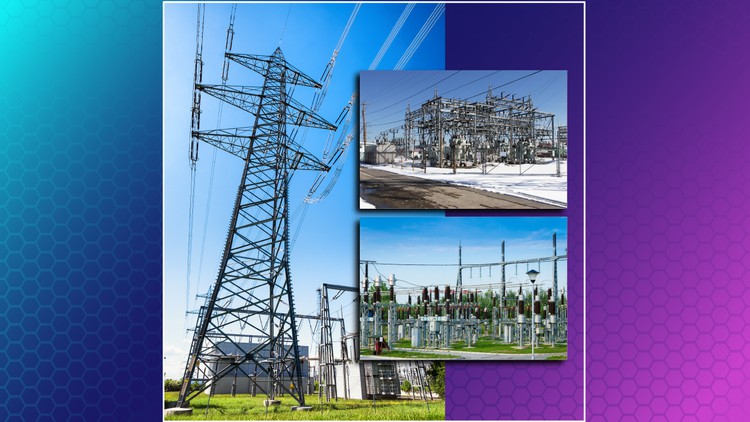
Series 1
What you will learn
Power flow studies also are known as Power Quality and Load flow studies which are conducted to cover load forecasting, planning studies as well as operational
This course aims to teach you the fundamentals of power system analysis, making tedious calculation in power system studies easy to understand for You.
This course will start building your concept from the very basic explanation of balanced three phase power and important principles for balanced system.
By the end of this part, you will have a strong idea on the significance of Balanced three phase power.
Description
Power System Analysis Fundamentals
A power system comprises of the various subsystems that include generation, transmission, and distribution. A power systems study is made up of various engineering analysis investigations. The goal of each study is to have a safe, efficient, and reliable power system under both normal and abnormal conditions. The analysis of power system helps electrical designer to design the Protective Devices, as well as to investigate the ability of the system to handle small and large disturbances or faults of any kind.
This course will cover all the fundamentals of Power system analysis. We will start from very basics: principles of Balanced systems, how power factor affects the performance of systems and techniques which we can employ to improve the power factor. In addition, you will build a strong concept on per unit systems and load flow analysis.
What you will learn ?
Principles of Balanced Three Phase Power
- 2 parts |10+ minutes |in-dep
- What does the term “Balanced Power” mean?
- Learn important rules for balanced system
- Understand the balanced set of phasors
Introduction to the Power Factor
- 7 parts | 0.5+ hours |descriptive
- Explore the ways to intuitively understand behavior of the types of power
- Learn the concept behind power factor by phasor diagram
- Unlock the techniques to improve power factor
- How to decide capacitor size for power factor correction
Per Unit Analysis
- 11 parts | 1+ hours | thorough
- Significance of per unit systems in power system analysis.
- Understand the tedious formulas of calculating per unit equivalents.
- How to accommodate change in Base Values of components.
Load Flow Analysis – Will be covered in series 2
- 10 parts | 1.5+ hours | demonstrative
- Learn basic power flow equations.
- Learn steps of newton Raphson method.
- Understand how Ybus matrix is derived
Content